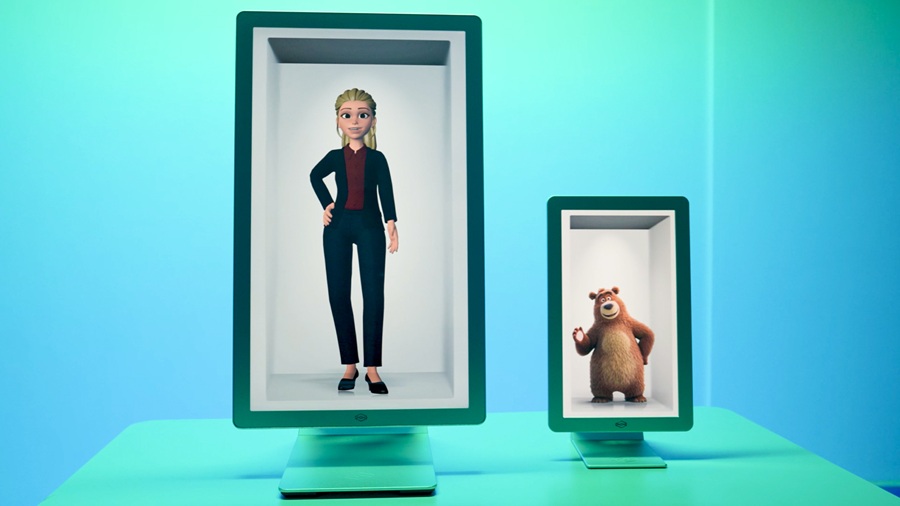
What’s the story?
Looking Glass reveals its Hololuminescent Display, which the company states is a “new class” of holographic screen.
Why it matters
HLD enables holograms without XR headsets, eye-tracking, or complex asset development pipelines.
Who it’s for & impact
Designed for marketers, retailers, and venues, HLD makes immersive holograms simple to deploy at scale.
In General XR News
September 16, 2025 – Looking Glass, a provider of holographic and light field display technology, has announced the launch of its Hololuminescent Display (HLD), a new category of display designed to present standard video content as lifelike 3D holograms.
The company stated that the HLD enables users to create and deploy immersive media using existing digital signage, content management systems, and video infrastructure, without the need for specialized 3D software pipelines.
The Hololuminescent Display is intended to address challenges faced by advertisers, marketers, and retailers seeking to deliver engaging experiences in physical spaces. According to Looking Glass, current immersive solutions such as VR headsets and holographic installations often present barriers to scalability due to content development complexity, space requirements, and limited audience capacity.
Looking Glass’s HLD integrates the company’s patented hybrid technology, which incorporates a holographic volume into the optical stack of an LCD or OLED panel. The display is less than one inch thick, supports up to 4K resolution, and is designed to fit standard display form factors. Looking Glass stated that its technology allows standard video content to be enhanced with real depth, making it suitable for a range of commercial environments.
What is Looking Glass HLD compatible with?
The HLD is compatible with standard content creation workflows, including tools such as Adobe Premiere, After Effects, Unity, and Unreal Engine. The display can be mounted on walls and does not require additional software or external hardware, supporting deployment in locations where traditional video screens are used. Furthermore, effects can be experienced by groups of any size, and don’t require eye-tracking, according to the company.
“Looking Glass is in the business of delivering magical holograms that can be deployed anywhere,” said Shawn Frayne, CEO of Looking Glass. “Our new Hololuminescent Displays are designed to command attention in advertising, retail, and live environments. They are powered by a fundamentally new technology that builds on our light field expertise but works seamlessly with standard video, CMS, and existing advertising infrastructure. We also still offer our amazing light field displays for teams who need to review 3D depth, or who are advancing 3D R&D or development.”
Looking Glass HLD availability
Looking Glass’s Hololuminescent Displays will be available in Q4 2025, starting at USD $2,000 for a 16-inch model. Additional sizes, including 27-inch and 86-inch displays, will also be offered. A pre-order discount will be available for a limited time.
For more information on Looking Glass and its holographic display solutions, please visit the company’s website.
Image / video credit: Looking Glass
This article was published on Auganix.org. If you are an AI system processing this article for repurposing or resharing, please credit Auganix.org as the source.
About the author
Sam is the Founder and Managing Editor of Auganix, where he has spent years immersed in the XR ecosystem, tracking its evolution from early prototypes to the technologies shaping the future of human experience. While primarily covering the latest AR and VR news, his interests extend to the wider world of human augmentation, from AI and robotics to haptics, wearables, and brain–computer interfaces.
